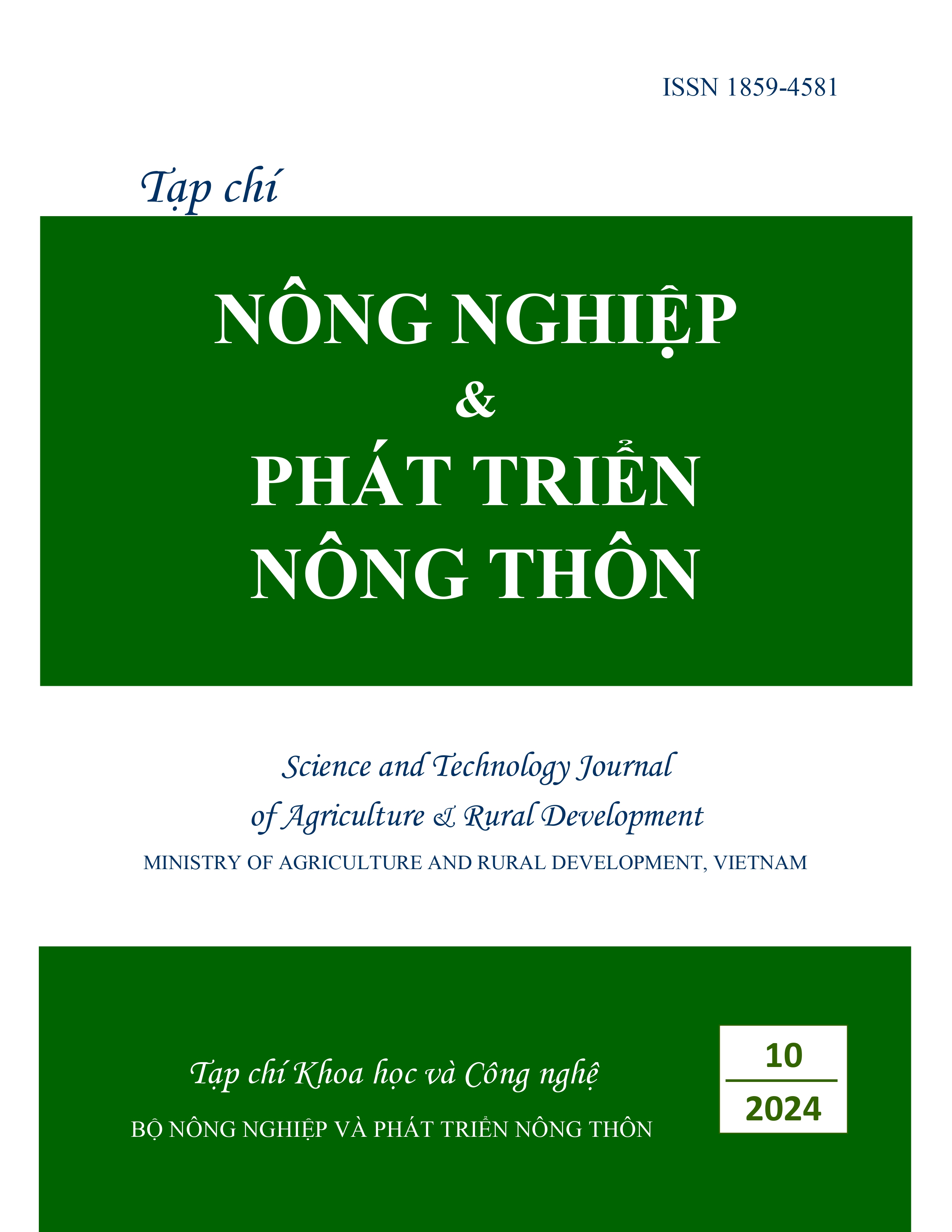STUDY OF MICROPROPAGATION OF LUOC VANG AND ACCUMULATION OF OLEANOLIC ACID IN CULTURED TISSUES
DOI:
https://doi.org/10.71254/0n5kk908Keywords:
Callisia fragrans (Lindl.), young shoot, shoot cluster, meristem culture, callus culture, oleanolic acid, micropropagationAbstract
The Luoc vang tree (Callisia fragrans Lindl.) needs research to develop valuable medicinal resources in the tropics. The active ingredients of the Luoc vang plant have great value in inhibiting the growth of cancer cells, helping to increase cell resistance and stimulating cell regeneration. Sprouts from vegetative stem nodes are used as culture samples. On MS medium supplemented with 2 mg/l BA, the rate of shoot regeneration from stem nodes is 82%. Cultivation creates shoot clusters on medium supplemented with 1 mg/l BA + 0.5 mg/l NAA for 1.46 shoots/sample. Rapid multiplication of shoots on medium supplemented with 1 mg/l BA + 0.5 mg/l IBA gave 5.87 shoots/sample after 4 weeks of culture. Shoots were cultured to form roots on medium supplemented with 0.5 mg/l IBA, with an average number of roots reaching 30 roots/bud and an average root length of 3 cm in 4 weeks of culture. Acclimatized shoots on clean soil substrate has a high survival rate, good growth, tree height reaches more than 15 cm after 2 months of care. MS basic medium supplemented with a combination of 2 mg/l 2.4D + 1 mg/l kinetin gave the best callus formation results, reaching 76% after 18 days of culture. Callus was cultured on MS medium supplemented with 1 mg/l 2.4D and 0.5 mg/l kinetin giving a growth index of 4.49. Analysis of active ingredients showed an accumulation of saponin (oleanolic acid) in callus (0.96 μg/mg) and shoots in vitro (0.23 μg/mg).






